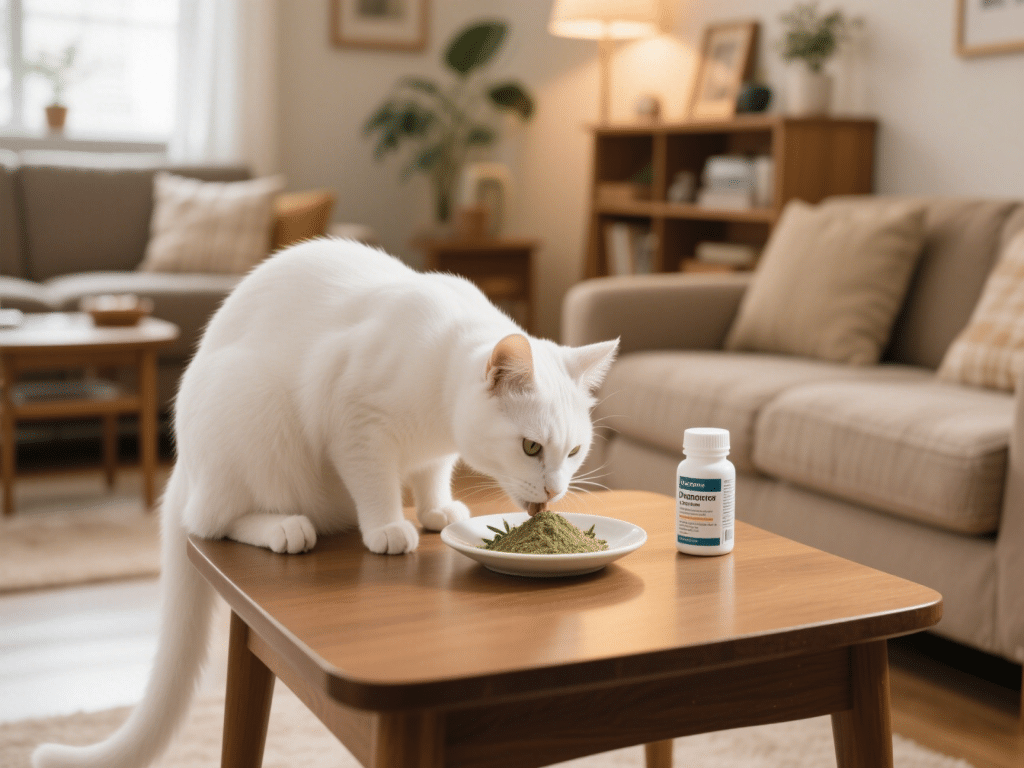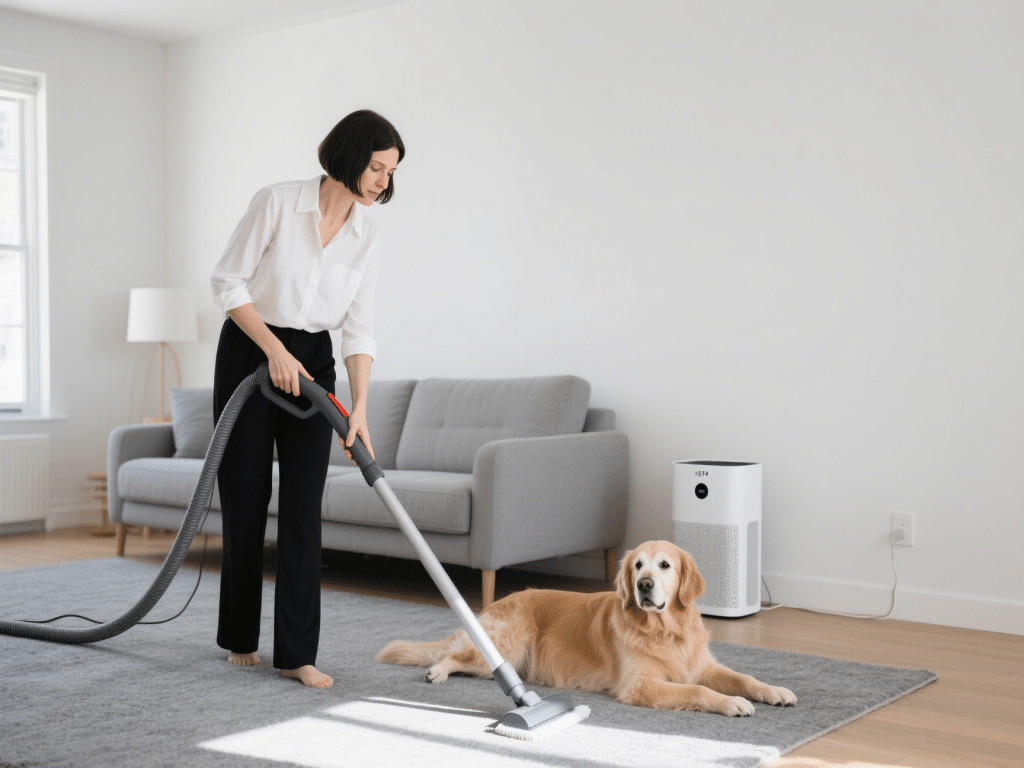Introduction
Ear infections (otitis externa) are common in dogs, especially those with floppy or hairy ears. Prompt detection and treatment help prevent chronic discomfort, hearing loss, and deeper infections. This guide details early warning signs, causes, diagnostic steps, and home-care strategies before seeking veterinary intervention.
Understanding Canine Ear Anatomy
External Ear Canal: L-shaped canal leading from outer ear to eardrum; warm, dark environment prone to moisture buildup.
Middle Ear: Air-filled space behind the eardrum; infections here can cause vestibular signs like head tilt.
Inner Ear: Contains balance and hearing structures; infection here can be severe and require immediate veterinary care.
Common Causes of Ear Infections
Allergies: Food or environmental allergens cause inflammation and wax buildup, creating an ideal environment for microbes.
Moisture Trapping: Swimming or bathing without proper drying leads to yeast proliferation.
Ear Mites: Though less common in dogs than cats, mites can cause intense itching and secondary bacterial infections.
Foreign Bodies: Grasses, foxtails, or small debris can scratch the canal, triggering infection.
Underlying Health Conditions: Hypothyroidism and autoimmune diseases can predispose dogs to chronic ear issues.
Early Signs to Watch For
Head Shaking and Ear Scratching: Frequent shaking or pawing at ears indicates irritation.
Odor and Discharge: Foul smell or dark, waxy discharge suggests bacterial or yeast overgrowth.
Redness and Swelling: Inflamed ear flap and canal entrance when gently pulled back.
Pain on Touch: Yelping or pulling away when ears are handled.
Behavioral Changes: Irritability, lethargy, or loss of balance in severe cases.
Home Detection Techniques
Visual Inspection: Lift ear flap and look for redness, swelling, debris, or foreign objects.
Smell Test: Gently smell the outer ear; a musty or sour odor often indicates infection.
Touch Sensitivity: Lightly press at the base of the ear; if the dog reacts with pain, an infection may be present.
Ear Swabs: With a cotton ball (not a swab), gently collect some debris from the canal entrance; examine color and texture to determine likely cause (brown, crumbly wax often signals mites; yellowish discharge suggests bacteria).
Initial At-Home Treatment Steps
Clean Gently: Use a vet-approved ear cleaning solution to remove debris; fill canal, massage base for 20 seconds, then allow shaking and wipe away loosened material.
Dry Thoroughly: After cleaning, gently dry the ear with a soft cotton ball to remove excess moisture.
Topical Remedies: For mild bacterial or yeast infections, over-the-counter drop solutions containing antifungal and antibacterial agents can help—follow label instructions carefully.
Avoid Over-the-Counter Steroids: Do not use human steroid drops; these can worsen infections.
When to Seek Veterinary Care
Persistent Symptoms: If signs do not improve within 48–72 hours of home care, consult a veterinarian.
Severe Pain or Swelling: Immediate evaluation is crucial if the dog shows intense pain or develops a swollen ear flap.
Deep Canal Involvement: If infection appears to be in the middle ear (head tilt, severe disorientation), emergency care is needed.
Recurring Infections: Dogs with chronic otitis may require culture, sensitivity testing, and prescription medications.
Veterinary Diagnostics and Treatments
Otoscope Examination: Veterinarian inspects deep canal and eardrum for inflammation or perforation.
Cytology: Microscopic examination of ear discharge identifies bacteria, yeast, or mites to guide treatment.
Prescription Medications: Stronger topical antibiotics, antifungals, or corticosteroids may be prescribed. In severe cases, oral antibiotics or anti-inflammatories are necessary.
Allergy Management: If allergies are the root cause, dietary changes or antihistamines may be recommended.
Prevention Tips
Regular Cleaning: For breeds prone to infections, clean ears weekly with a vet-recommended solution.
Dry After Water Exposure: Thoroughly dry ears after swimming or bathing to minimize moisture buildup.
Routine Check-Ups: Schedule ear exams during wellness visits, especially for high-risk breeds.
Healthy Diet: Balanced nutrition supports immune function and reduces allergy-related inflammation.
Conclusion
Early detection and prompt treatment of ear infections in dogs are key to preventing chronic issues and discomfort. By monitoring your dog’s ears regularly, cleaning safely at home, and seeking veterinary care when necessary, you can keep your dog’s ears healthy and free from pain.










Comments on "How to Detect and Treat Ear Infections in Dogs Early" :